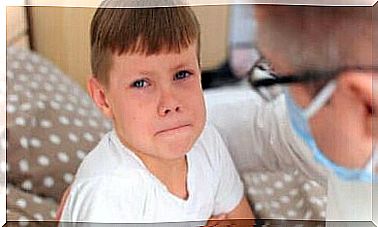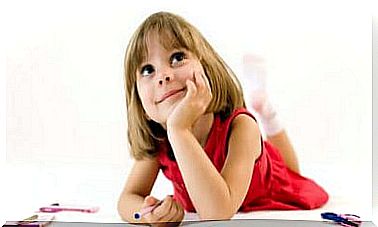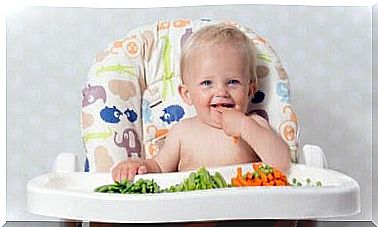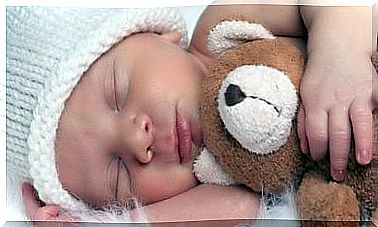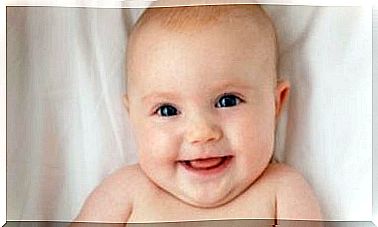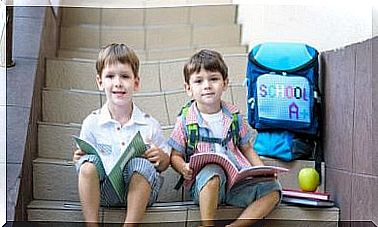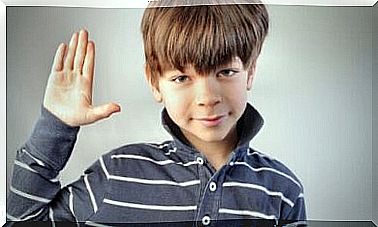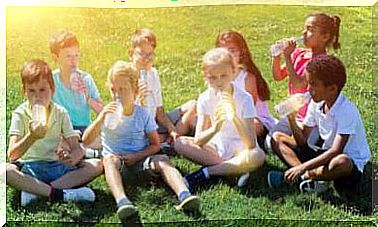5 Exciting Experiments To Test With Your Children
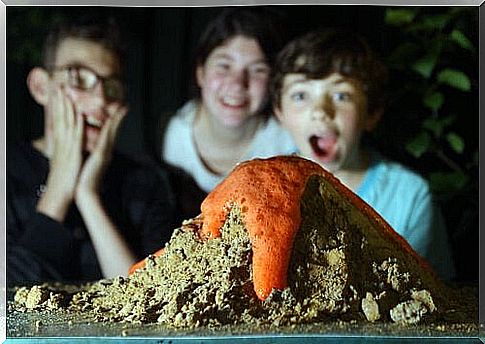
Having an available list of exciting experiments to test with your children is always a good idea. The activities that you will find in this article are good for rainy days or other circumstances that make you have to stay at home.
Below we will present 5 of the most popular experiments for children and how you can perform them in your home. These activities will not only give your family joy and laughter, they will also arouse your children’s curiosity.
Are you ready to amaze your children with scientific experiments?
Children are active by nature. They love challenges and are full of curiosity. Therefore, it is good to give them frequent opportunities to study and investigate. These activities are not just about having fun!
Scientific experiments allow children to learn some of the basic principles behind everyday events and explore the world of science in general. Your children will begin to discover the scientific method.
In addition, they will step by step begin to understand basic ideas about scientific concepts that they will study in more detail in the future.
There is no need for a well-equipped research lab to carry out the activities we are going to talk about today. All you need is a table and a few materials, and then you and your children are ready to be amazed.
The 5 most popular experiments for children
1. Experiment with luminescent lamps
An experiment that is both fun and useful.
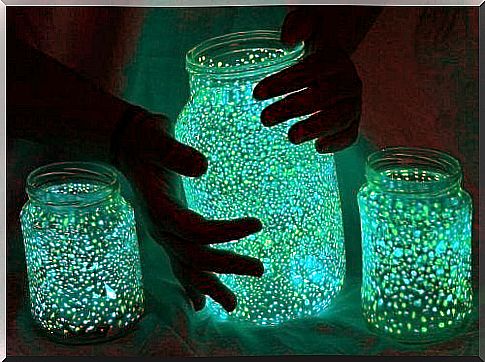
Material
- Various luminous sticks, bracelets or necklaces, also called glowsticks
- A clean glass container with a tight lid
- Rubber or plastic gloves
- Scissor
- A piece of tulle
Procedure
- First, dress the inside of the glass jar with the tulle fabric
- Put on your gloves
- Then cut off one end of the candlesticks to remove the liquid from the inside
- Spread the liquid from the candlesticks around the inside of the jar, making sure to color both the fabric and the glass. This will make them shine in the dark.
- Finally, close the container tightly with the lid and shake. Go to a dark room and observe the beautiful effect. You can also try this experiment at night and take the jar outdoors to enjoy it under the night sky.
2. Can you put an egg in a bottle?
This experiment is almost like a magic trick.
Material
- A hard-boiled egg
- A glass bottle with a neck that is narrower than the egg
- Several matches
Procedure
- First place the egg above the opening of the glass bottle. Observe with your children how the egg does not go in because it is too big.
- Then take the egg in one hand and the matches in the other.
- Light three or four matches and place them in the bottle.
- Place the egg directly on the opening of the bottle, as before.
- A little at a time, the egg will push through the opening of the bottle and eventually fall inside.
The reason behind this phenomenon is the difference in the pressure inside the bottle and the pressure outside the bottle. Because the hard-boiled egg is flexible, it takes on a new shape to fit inside the bottle.
3. A sea in a bottle
This is a simple experiment with a great allure for your children.
Material
- Blue watercolor or caramel color
- Colorless oil, e.g. baby oil
- Water
- A bottle or jar of glass or plastic, with a tight fitting lid.

Procedure
- First fill the container to 3/4 with water.
- Add a few drops of watercolor / caramel color and mix.
- Then fill the rest of the container with oil. Baby oil or other colorless oil works best.
- Close the container and move it around.
The sea inside the container will form bubbles, waves and other fun effects. Why does it happen? The oil and the water dance around each other, but they do not mix. The difference in the density of the two liquids and the difference in color gives a beautiful effect.
4. Experiment with colored cabbage
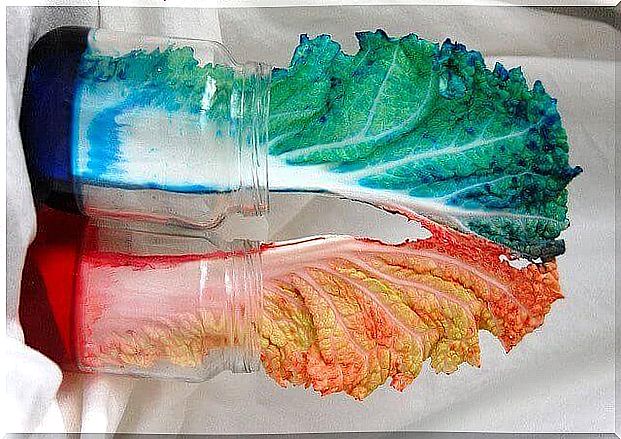
Material
- 4 glasses with about 4 to 6 cm of water
- 4 leaves of Chinese cabbage or kale
- Caramel color – 4 different colors
Procedure
- Place a few drops of caramel color in each glass until the water has taken on color. There should be different colors in each glass.
- Then put a leaf of cabbage in each glass, with the end with the cut in the water.
- Finally, leave the jars in a place where your children can look at them regularly. After a while (several hours or the next day) the leaves begin to change color.
- You can also try this experiment with flowers. Veils and wild carrots are both good options.
5. The sugar volcano
In addition to being a lot of fun, the following experiments are also very useful for giving your children new information. It is also a great tool for teaching your children how harmful it can be to consume the following two ingredients at the same time.
Material
- A 2 liter soda bottle, with the soda left
- A tube of Mentos candy
- A tube made of thicker paper that will act as a funnel
- A wide, flat surface where you can perform the experiment. Keep in mind that it will be messy, so you may want to try this experiment outdoors.
Procedure
- Place the soda bottle on a wide, flat surface.
- Remove the cover.
- Then insert one end of the paper tube into the mouth of the bottle.
- Use the funnel to place several mentos in the bottle. When doing so, make sure that everyone falls into the bottle at the same time.
- Remove the paper tube and move away from the bottle immediately. Watch when the volcanic eruption begins!
What is the explanation? Soft drinks contain carbon dioxide (the gas that makes up the bubbles). The sweets make this gas different from the liquid. The gas accumulates around the candy and then expands rapidly. This causes the volcanic eruption.
To make this experiment even more interesting and realistic, help your children create a more vibrant volcano. They can use sand, papier-mâché or homemade clay. This will allow your children’s creativity and artistic talents to take over, and also provide more fun family time.
However, it is important for you and your children to understand that the experiments should always be performed under the supervision of an adult.
